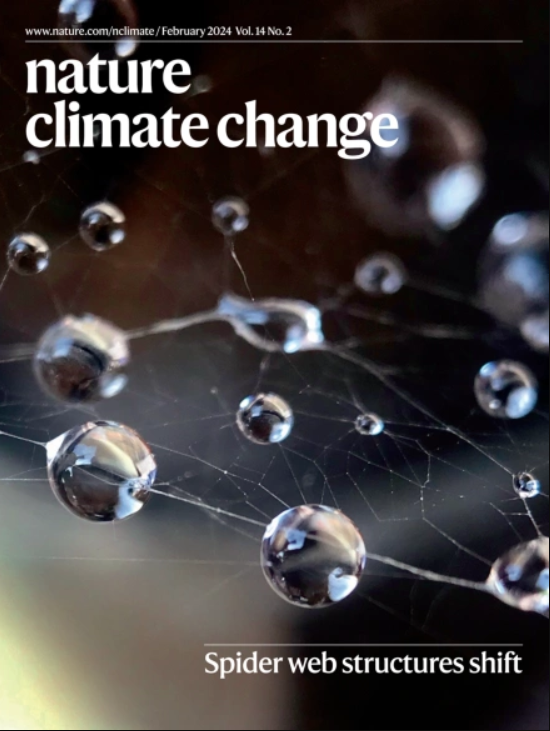Onshore intensification of subtropical western boundary currents in a warming climate
IF 27.1
1区 地球科学
Q1 ENVIRONMENTAL SCIENCES
引用次数: 0
Abstract
Subtropical western boundary currents (WBCs) refer to swift narrow oceanic currents that flow along the western edges of global subtropical ocean basins. Earlier studies indicated that the WBCs are extending poleward under a warming climate. However, owing to limited observations and coarse resolution of climate models, how greenhouse warming may affect the zonal structure of the WBCs remains unknown. Here, using seven high-resolution climate models, we find an onshore intensification of the WBCs in a warming climate. The multimodel ensemble mean of onshore acceleration ranges from 0.10 ± 0.08 to 0.51 ± 0.24 cm s−1 per decade over 1950–2050. Enhanced oceanic stratification associated with fast surface warming induces an uplift of the WBCs, leading to the projected change. The onshore intensification could induce anomalous warming that exacerbates coastal marine heatwaves, reduces ability of the coastal oceans to absorb anthropogenic carbon dioxide and destabilizes methane hydrate stored below the sea floor of shelf regions. Western boundary currents flow along the western edge of subtropical oceans, transporting heat polewards, and are integral in the climate system. Using high-resolution models, this work shows that western boundary currents will shift shorewards as a result of increased stratification driven by climate change.


在气候变暖的情况下,副热带西部边界流在岸上增强
副热带西边界流是指沿全球副热带洋盆西缘流动的快速狭窄洋流。早期的研究表明,在气候变暖的情况下,wbc正在向极地延伸。然而,由于观测资料有限和气候模式分辨率不高,温室效应变暖如何影响西温带气旋的纬向结构仍不清楚。在这里,使用7个高分辨率气候模型,我们发现在气候变暖的情况下,wbc在陆地上的增强。1950-2050年间,陆地加速度的多模式集合平均值在0.10±0.08 ~ 0.51±0.24 cm s−1 / 10年之间。与快速表面变暖相关的海洋分层增强引起了西大陆架的抬升,从而导致预估的变化。陆地升温可能导致异常变暖,从而加剧沿海海洋热浪,降低沿海海洋吸收人为二氧化碳的能力,破坏大陆架地区海底以下储存的甲烷水合物的稳定。
本文章由计算机程序翻译,如有差异,请以英文原文为准。
求助全文
约1分钟内获得全文
求助全文
来源期刊

Nature Climate Change
ENVIRONMENTAL SCIENCES-METEOROLOGY & ATMOSPHERIC SCIENCES
CiteScore
40.30
自引率
1.60%
发文量
267
审稿时长
4-8 weeks
期刊介绍:
Nature Climate Change is dedicated to addressing the scientific challenge of understanding Earth's changing climate and its societal implications. As a monthly journal, it publishes significant and cutting-edge research on the nature, causes, and impacts of global climate change, as well as its implications for the economy, policy, and the world at large.
The journal publishes original research spanning the natural and social sciences, synthesizing interdisciplinary research to provide a comprehensive understanding of climate change. It upholds the high standards set by all Nature-branded journals, ensuring top-tier original research through a fair and rigorous review process, broad readership access, high standards of copy editing and production, rapid publication, and independence from academic societies and other vested interests.
Nature Climate Change serves as a platform for discussion among experts, publishing opinion, analysis, and review articles. It also features Research Highlights to highlight important developments in the field and original reporting from renowned science journalists in the form of feature articles.
Topics covered in the journal include adaptation, atmospheric science, ecology, economics, energy, impacts and vulnerability, mitigation, oceanography, policy, sociology, and sustainability, among others.
 求助内容:
求助内容: 应助结果提醒方式:
应助结果提醒方式:


